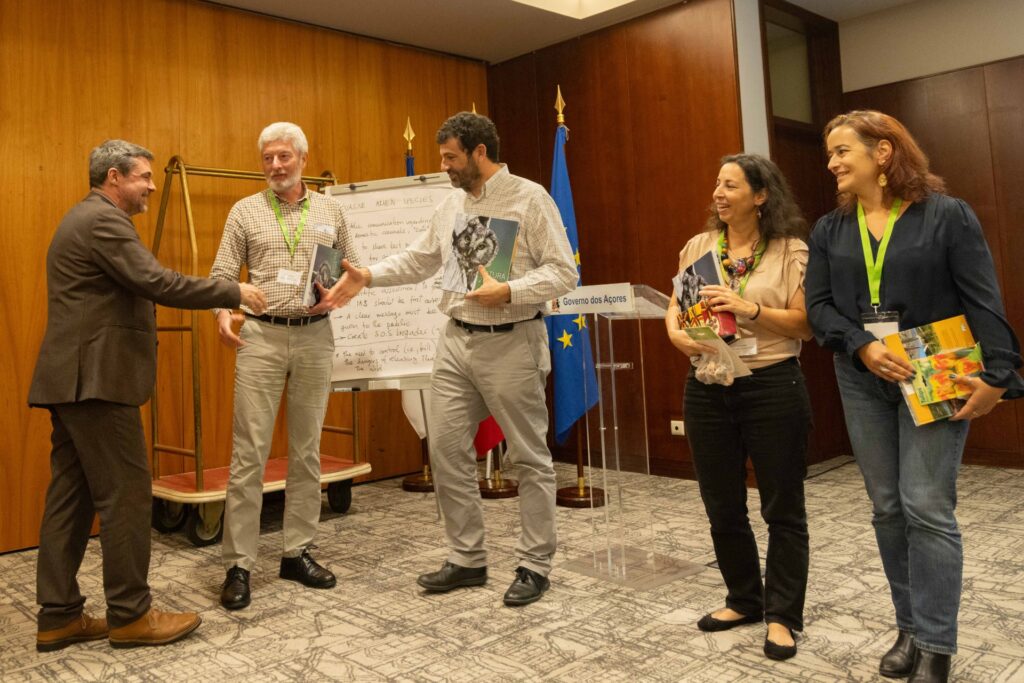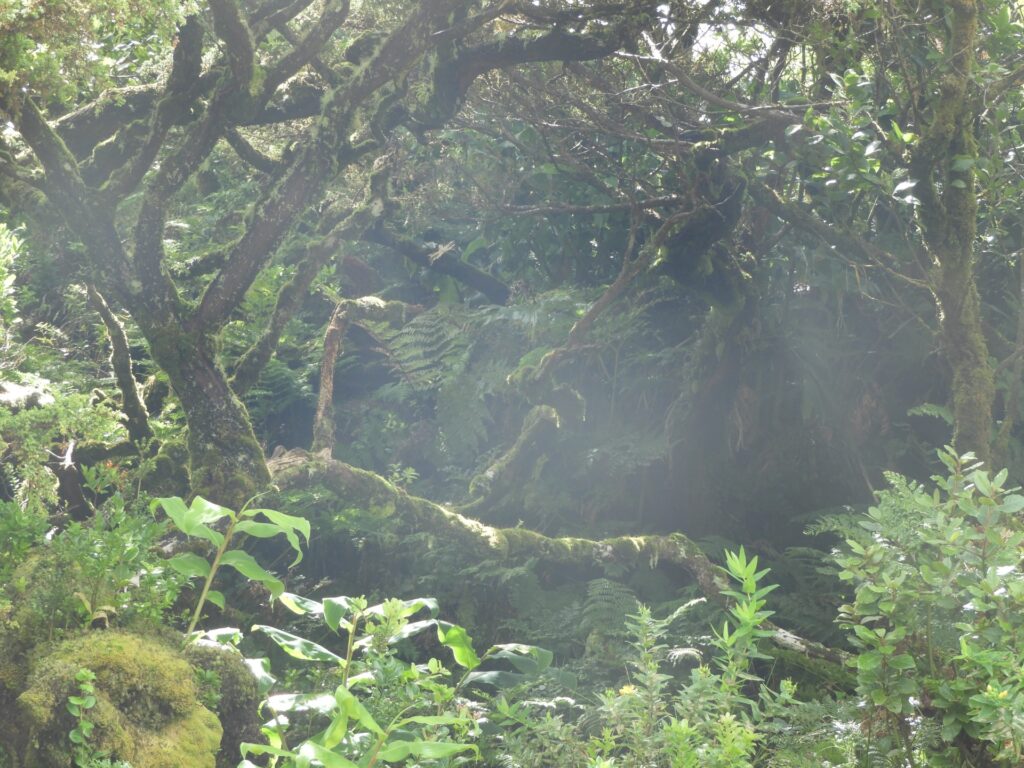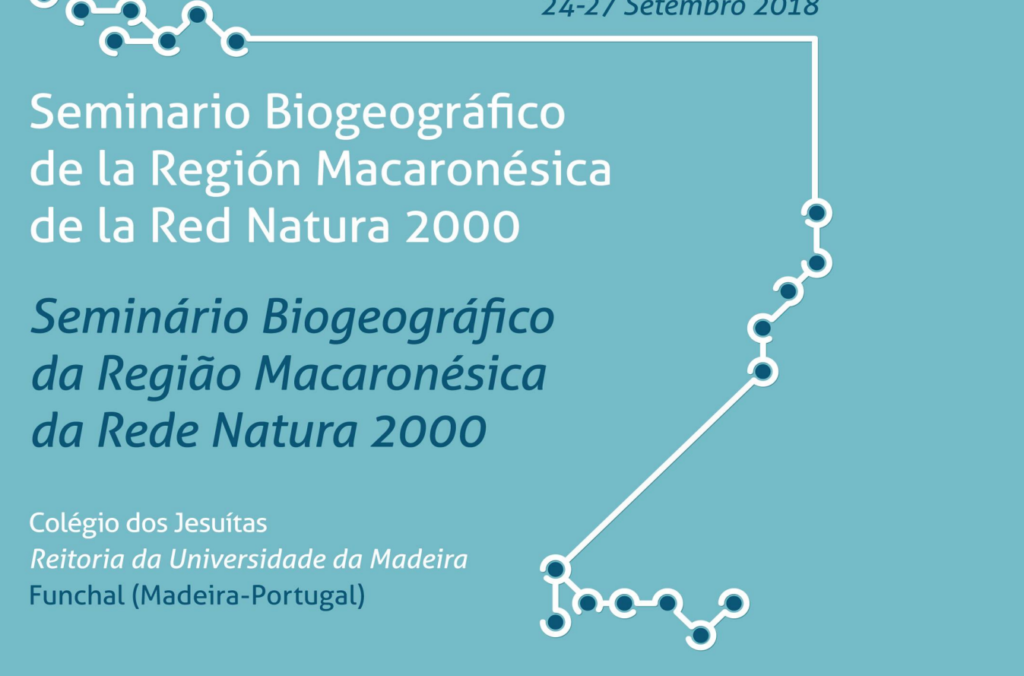Macaronesian region

Countries within the Macaronesian region include Portugal and Spain
Within the EU, the Macaronesian region consists of three archipelagos: the Azores, Madeira (both Portugal) and the Canaries (Spain). All are of volcanic origin. This is reflected everywhere in the landscape. Large calderas, jagged mountains and vertiginous cliffs contrast sharply with the wide valleys and sheltered bays. These contrasting landscapes, and the gentle climate, have created an ideal environment for a particularly rich array of species and habitats, many of which are endemic.
Despite representing only 0.3% of the EU territory, the Macaronesian region hosts no less than 19% of the habitat types in Annex I of the Habitats Directive and 28% of the plants Annex II. The surrounding seas are also abundant in wildlife. Many marine animals, from whales to seabirds, seek shelter and food in the deep inshore waters and nutrient rich upwellings from the sea floor.
Tourism is the most important economic activity for the Canaries. With over 11 million tourists, this sector continues to expand, mainly along the coast. Mixed and terraced farming is still practiced inland but it is rapidly disappearing as more and more people abandon their land in search of better income elsewhere. In its place come the tropical and forced crops destined for the export market. This accounts for 75% of today’s agricultural end production
The 2023 Macaronesian seminar took place in Terceira, the Azores, on 8-10 November
The Azores (an autonomous region of Portugal), ‘Secretaria Regional do Ambiente e Alterações Climáticas, Governo Regional dos Açores’, hosted the Macaronesian Seminar on 8-10 November 2023 at the Island of Terceira. This seminar was special as it involved only two Member States, Portugal and Spain.
Plenary Session Presentations
Pledge and Review Process
Frank Vassen
The LIFE Programme
João Salgado
BGP in the Macaronesian region so far
Rafael Hildago

Protected Area Presentations
Preliminary Analysis of Protected Area Pledges
Elena Osipova
Spain’s contribution to the Pledge Process
Francisco Guil
Identification of Protected Areas: NaturaConnect
Jutta Beher
Finance Options for European Protected Areas
Daniel Veríssimo
Conservation Status Presentations
Overview and Distance to Targets
Theo van der Sluis
LIFE Programme Presentation: BESTLIFE2030
Alexandru-Ion CRACIUN
issues related to the pledge and approaches: Spain
Rafael Hidalgo

Working Group Presentations and Discussion Results
Pilot Action Plans for Laurel Forest
Concha Olmeda
Elaboration of an Action Plan for Habitats of Community Interest
María Regodón
Ecological Coherence of the Natura 2000 Network
Francisco Guil
Definition of Coherence for Natura 2000
Sillero and Barrio
Studying the Coherence of Natura 2000
Neftalí Sillero
Feedback on Discussions on Laurel Forest Action Plans
Working Group
Feedback on Discussions on Network Coherence
Working Group

Theme 1: Ecological Restoration and Degraded Areas
Lands of Priolo – 20 Years of the LIFE Programme
Bothelo et al.
FRV Assessment of
Macaronesian Habitat Types
Jorge Capelo
Outcome of Theme 1
Group Discussions
Theme 2: Favourable Reference Values for Habitat Types
FRV Assessment of Macaronesian Habitat Types
Antonio Camacho
Outcome of Discussions on Theme 2
Group Discussions
Theme 3: Invasive Species Control
Invasive Alien Species: A Perspective from LIFE
João Salgado
Habitat Restoration and Invasive Alien Species
Oliveira and Barreto
Outcome of Discussions on Theme 3
Group Discussions

Theme 4: Conservation Measures for Fauna Species –
Lessons from the Past and Ideas for the Future
Invertebrates conservation: present situation and future
challenges
Teixeira et al.
Conservation Measures
for Fauna Species –
Seabirds
SPEA
Outcome of Discussions on Theme 4
Group Discussions
First Macaronesian Seminar, September 2018











